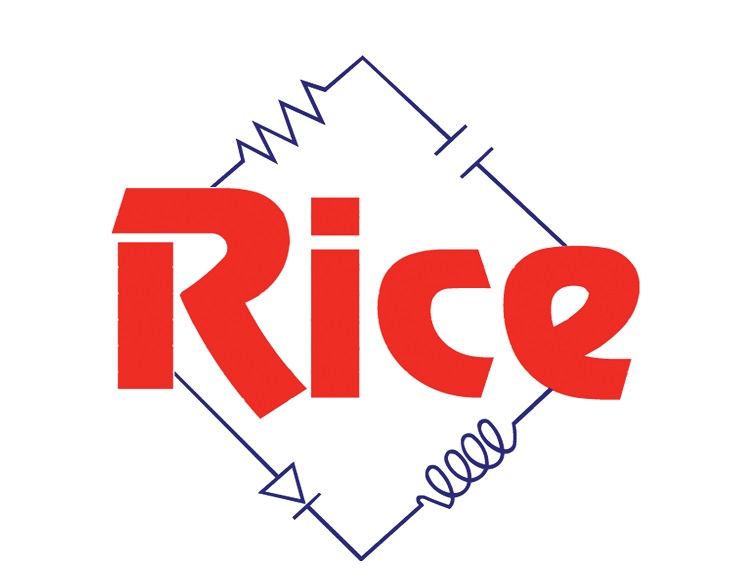Autopilots

Autopilots have evolved from simple course holding systems to adaptive computer systems that offer reduced fuel costs and increased transit times. These new systems learn the characteristics of the vessel’s handling and minimize rudder movement reducing drag on the vessel. Increased speed and lower fuel consumption can result in tremendous savings offsetting the cost of new systems within a year.
Marine navigation equipment and steering systems are generally comprised of several subsystems. In a follow up system, when the wheel is turned to a specific angle the rudder responds by moving to the requested angle, hence it follows the helm. A follow up system is spring activated to return to zero when released by the helmsman. Non-follow up system uses a three-position actuator where the center position is neutral. Moving the actuator left or right moves the rudder left or right. The rudder remains in that position and does not return to center when the actuator is centered.
Ship steering systems are comprised of two independent electrical and/or hydraulic systems in the event of a major failure. The last line of defense for steering systems is a device called the Trick Wheel. It is a simple mechanical or hydraulic actuator located on the steering flat that bypasses the helm. This is generally never used except in extreme emergencies. One misconception about steering systems is that failure of the autopilot is treated as a steering failure. Autopilots are not required carriage and therefore not mandatory for the sailing of the vessel.
